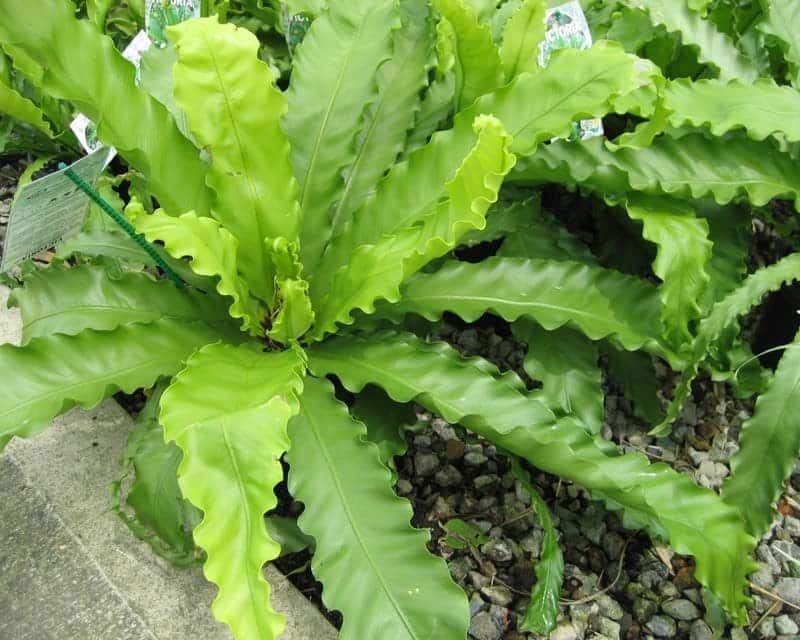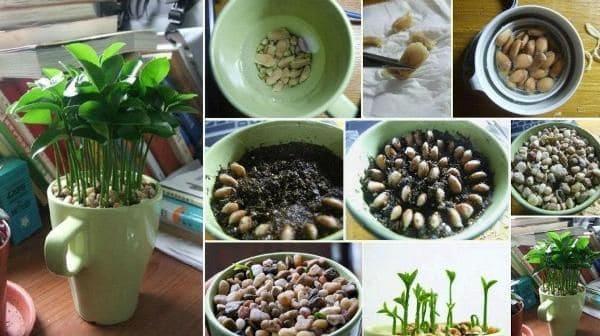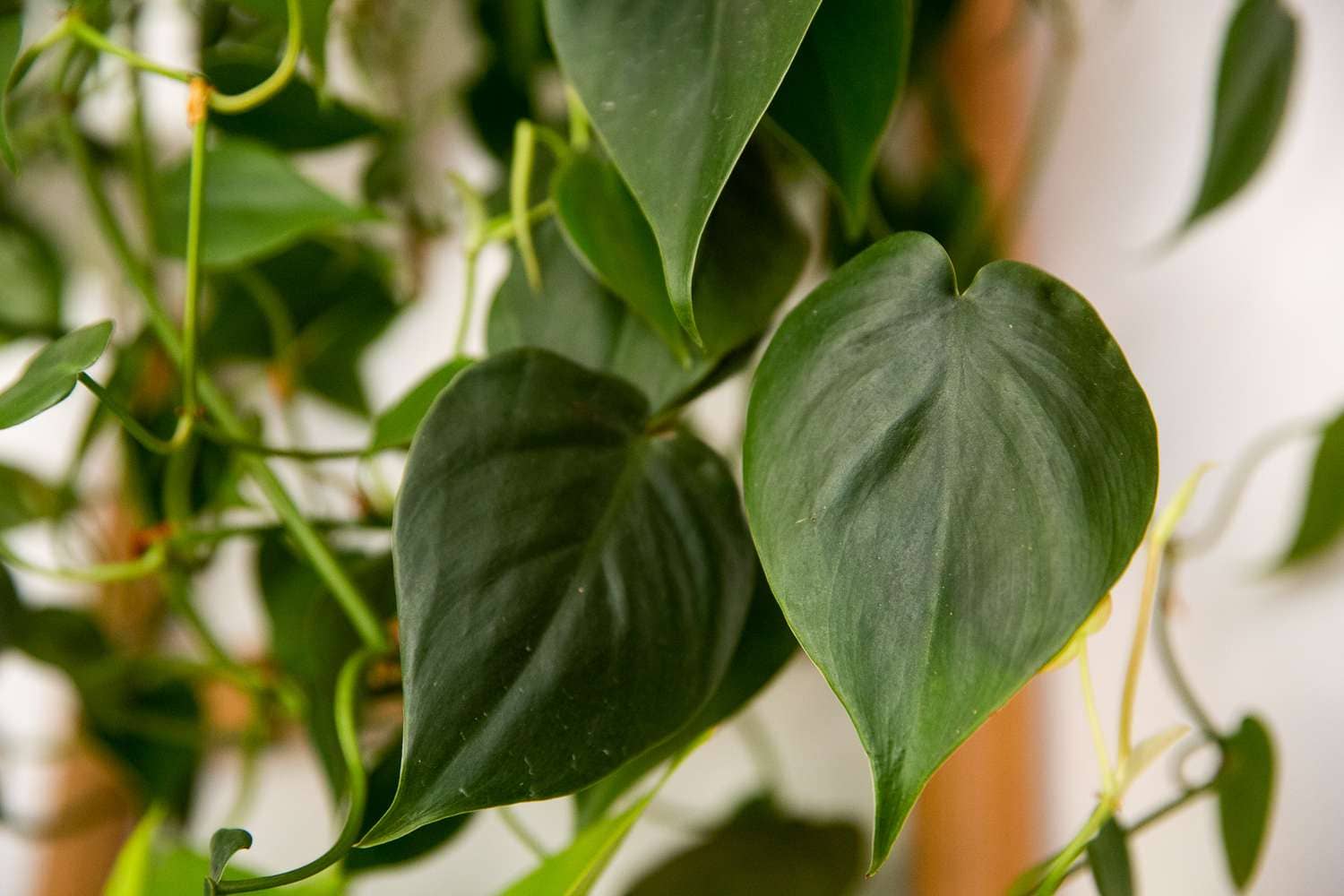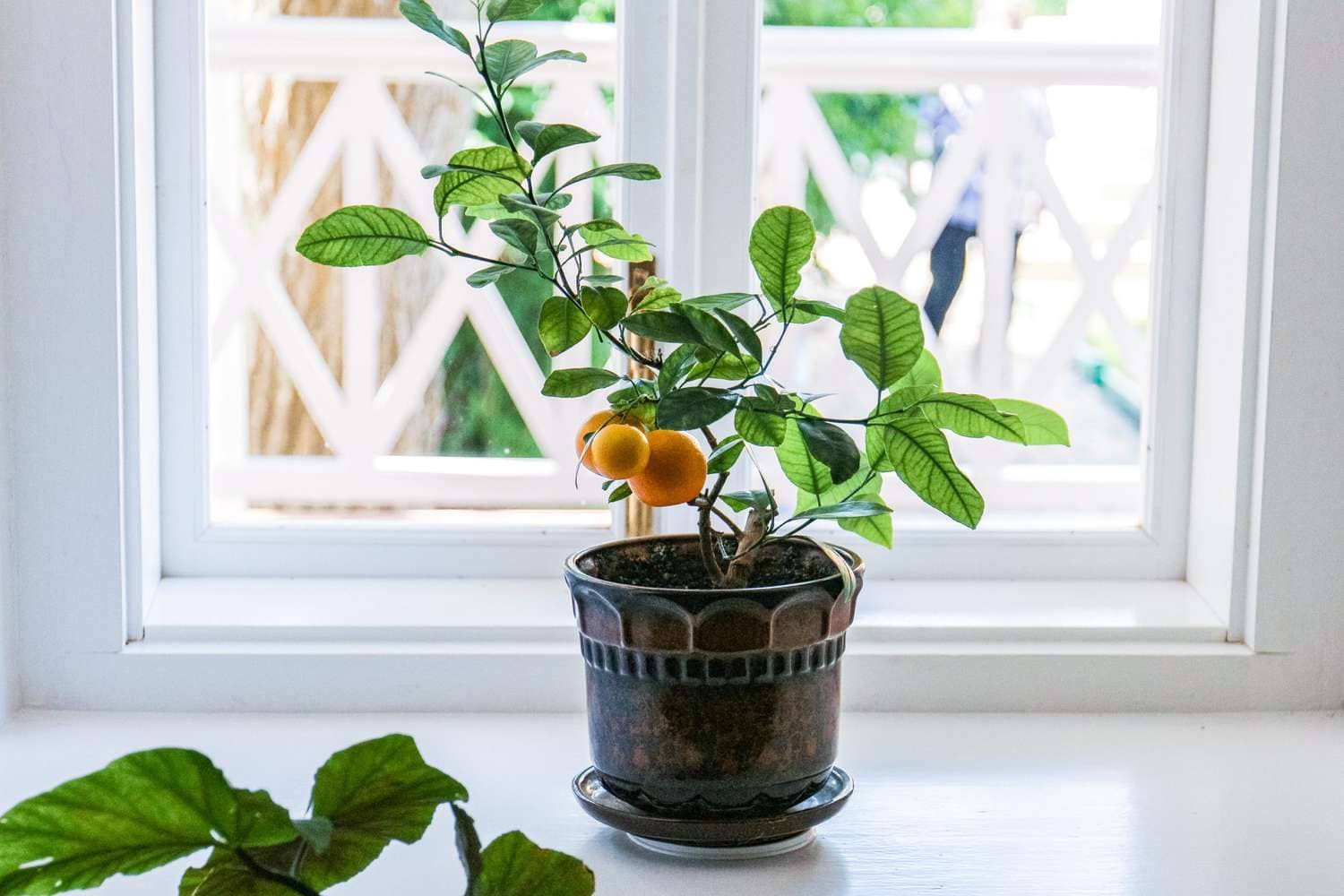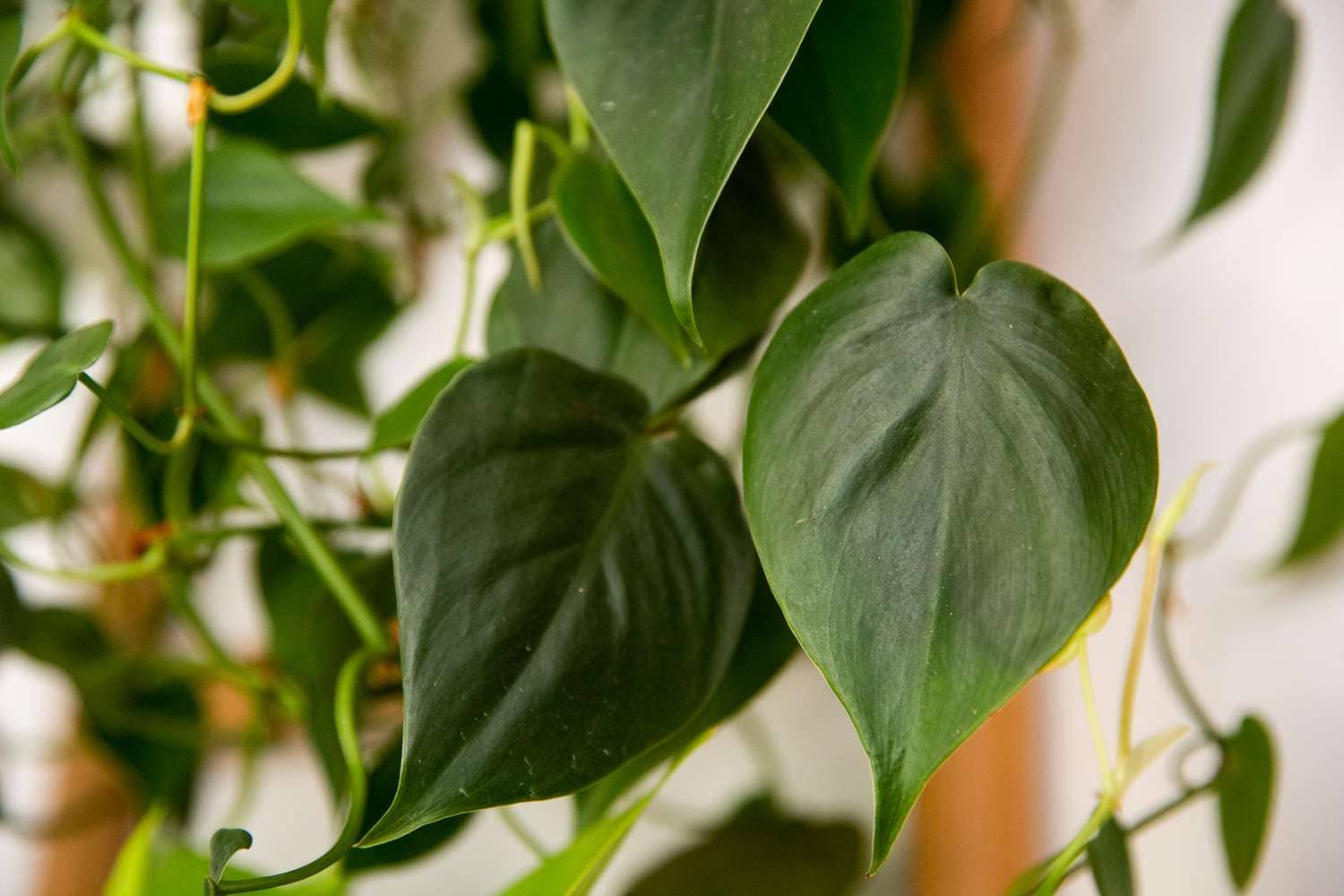Introduction: Asplenium antiquum, commonly known as the Japanese bird’s nest fern, is a striking fern species cherished for its elegant fronds and easy-care nature. This perennial evergreen adds a touch of lushness to both indoor and outdoor spaces, making it a favorite among gardeners and plant enthusiasts alike. In this article, we’ll delve into the fascinating world of Asplenium antiquum, exploring its characteristics, cultivation tips, and the benefits it brings to its surroundings.
Understanding Asplenium Antiquum:
- Description: Asplenium antiquum features vibrant, glossy fronds that unfurl gracefully from a central rosette, resembling a bird’s nest, hence its common name.
- Origin: Native to East Asia, particularly Japan, Korea, and China, this fern thrives in the shaded understory of forests.
- Growth Habit: With an average height of 1 to 2 feet and a spread of 2 to 3 feet, Asplenium antiquum forms a compact, clumping habit, making it an excellent choice for container gardening or as a ground cover in shaded areas.
- Leaf Structure: The lance-shaped fronds of Asplenium antiquum feature distinctive serrated edges, adding texture and visual interest to indoor and outdoor landscapes.
Cultivation and Care:
- Light Requirements: Asplenium antiquum prefers bright, indirect light or filtered sunlight. Avoid exposing it to direct sunlight, as this can scorch its delicate foliage.
- Soil: Plant this fern in well-draining, moisture-retentive soil rich in organic matter, such as a mix of peat moss, perlite, and compost.
- Watering: Keep the soil consistently moist but not waterlogged. Water thoroughly when the top inch of soil feels dry to the touch, and ensure proper drainage to prevent root rot.
- Temperature and Humidity: Maintain a moderate to warm temperature range of 60-75°F (15-24°C) and high humidity levels of 50-80% to mimic its natural habitat.
- Fertilization: Feed Asplenium antiquum with a balanced liquid fertilizer diluted to half strength during the growing season (spring and summer) to promote healthy growth.
Benefits of Asplenium Antiquum:
- Air Purification: Like other ferns, Asplenium antiquum helps improve indoor air quality by removing toxins such as formaldehyde, xylene, and toluene, making it an ideal choice for homes and offices.
- Aesthetic Appeal: With its lush foliage and architectural form, this fern serves as a striking focal point in indoor spaces, adding a touch of greenery and tranquility to any room.
- Stress Reduction: Incorporating Asplenium antiquum into indoor environments has been shown to reduce stress levels and promote a sense of well-being, making it a valuable addition to interior landscapes.
- Easy Maintenance: Asplenium antiquum requires minimal care and thrives in low-light conditions, making it suitable for busy individuals or those new to gardening.
Conclusion:
Asplenium antiquum stands out as a versatile and visually captivating plant that brings beauty and benefits to any indoor or outdoor setting. By understanding its unique characteristics and providing proper care, you can enjoy the lush foliage and air-purifying properties of this exquisite fern for years to come. Whether adorning a shaded corner of your garden or gracing the interior of your home, the Japanese bird’s nest fern is sure to captivate with its timeless charm and effortless elegance.

